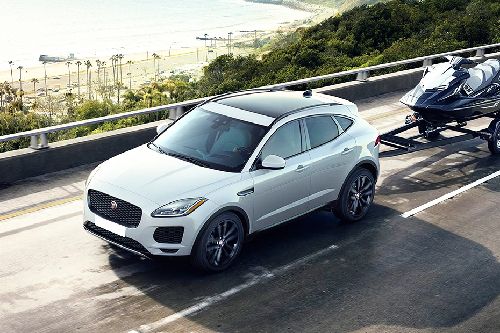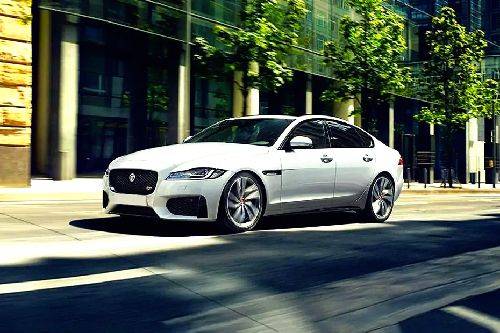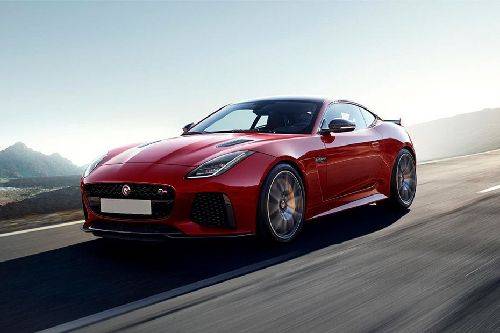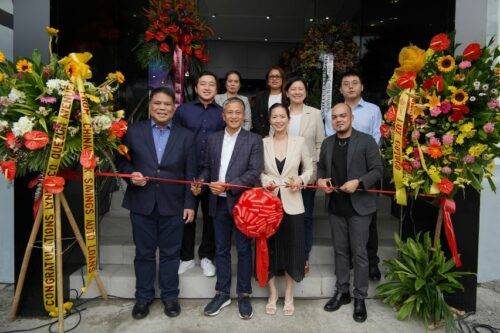Jaguar hybrids' Predictive Energy Optimization can increase efficiency by up to 10%

MANILA: For the Jaguar I-Type 5 Formula E race car to perform at its peak, it is important to know precisely when to use power and energy recovery through regenerative braking.
KEY TAKEAWAYS
What is Predictive Energy Optimization?
Predictive Energy Optimization determines the most effective way to use the power from the PHEVs' electric motor and petrol engine as it travels to maximize range and efficiency.What is the Eco Coach feature?
Eco Coach reads the road ahead and advises drivers to accelerate as they approach corners, intersections, and roundabouts in order to maximize energy regeneration.Mitch Evans and Sam Bird of Jaguar TCS Racing judged where the optimal braking point for a corner is as well as the best place to pull off the throttle, allowing them to maximize regen and avoid wasting energy using the friction brakes. Gaining knowledge from these strategies will directly benefit customers as Jaguar's plug-in electric hybrids (PHEVs) and mild hybrids (MHEVs) will increase efficiency and lower emissions.
The Jaguar TCS Racing team builds a highly precise model of every city circuit in anticipation of each round of the ABB FIA Formula E World Championship. The model built for the London e-Prix, which will take place on July 30 and 31, also takes into account changes made for this season to the curvature of the double chicane between turns 10 and 13. The models are used to create the energy strategies for the races in the cutting-edge driver-in-the-loop simulator.
These race-winning strategies guarantee that the drivers always apply the brakes and take off at the optimal time, allowing them to save as much energy as they can.
Every joule of energy produced to power the I-Type 5's motor and returned to charge the battery during regenerative braking is accounted for and used as efficiently as possible — ensuring that the vehicle has the energy to make it to the finish line while taking full advantage of the performance required to maintain the lead.
The Predictive Energy Optimization capability for the Jaguar F-Pace P400e and Jaguar E-Pace P300e vehicles was developed using software learnings from this process. When a location is entered into the Pivi Pro infotainment system's navigation, PEO receives an overview of the trip (up to 650 km), which it divides into 100-meter parts for analysis.

PEO makes an informed decision about which powertrain should be used at each stage, prioritizing the electric motor in urban areas to achieve zero tailpipe emissions driving, for example, or the efficient Ingenium petrol engine on motorways. It does this by analyzing a wealth of GPS map data, including the types of roads. The two power sources can be intelligently controlled in advance to increase energy efficiency in real-world driving by up to 10%.
The system also makes sure that there is at least six kilometers of EV range available in reserve, ready to be used throughout the last leg of the journey and allowing the vehicle to arrive at their destination without making any noise or producing any tailpipe emissions.
Additionally, the Eco Coach feature, which is available in the Jaguar XE, XF, E-Pace, and F-Pace MHEVs, uses intelligent algorithms to direct drivers when to lift off and maximize the benefits of regenerative braking by reading the road ahead. This technology is comparable to the lift and coast cycles that Evans and Bird used to optimize energy usage during an E-Prix. In Formula E, regen is essential since the race cars regen about a third of the energy needed to finish the 45-minute plus one-lap race distance.
This intelligent image of the road ahead, which is updated every 10 meters, is provided to the powertrain control module to help it decide when it is best for the driver to take off, allowing as much deceleration as possible to be accomplished by regenerative braking rather than friction brakes.
When the vehicle approaches this position, Eco Coach intuitively signals the driver to let off the gas by displaying a filled-in green pedal icon in the instrument panel. When the driver does so, the icon transforms into an outline and vanishes when they hit the brakes. The steering wheel light system used by race car drivers to determine when to lift and coast on the race circuit is replicated by this.
“The difference between winning and losing can be down to less than one percentage point of energy consumption per lap – every marginal gain we can make to efficiency makes a difference. That’s why we model each circuit – and the Jaguar I-Type’s performance on it – to such a fine level of detail so that we develop the optimal energy strategy for every Formula E race,” Jaguar TCS Racing Team Principal James Barclay stated. “The techniques we use and the invaluable knowledge we’ve built up has helped to make the Predictive Energy Optimization technology in Jaguar’s plug-in hybrids so effective and enables customers to get the most from their state-of-the-art powertrains. The same applies to the Eco Coach technology in Jaguar’s mild-hybrids, helping drivers to save fuel and reduce emissions. Both are great examples of our Race to Innovate philosophy and how we are bringing our learnings from highly competitive world championship motorsport to our customers.”
Photos from Jaguar
Also read: Jaguar Land Rover to offer luxury home charging points for EV customers in UK
Sell your car at the best price
 Verified and genuine buyers
Verified and genuine buyers
Jaguar Car Models
PIMS 2024
Trending & Fresh Updates
- Latest
- Popular
You might also be interested in
- News
- Featured Stories
Jaguar Featured Cars
- Popular
Latest Jaguar Car Videos on Zigwheels

Jaguar Car Articles From Carmudi
- journal



















































